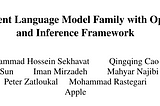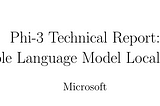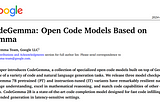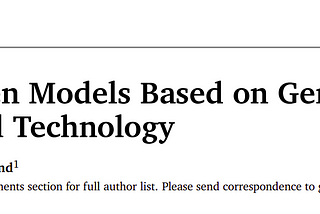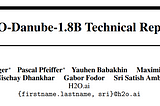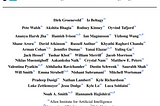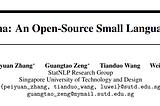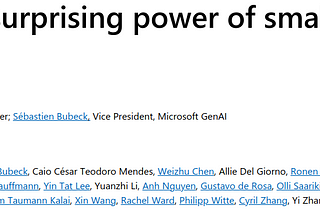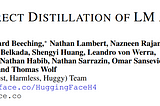Utilizes interleaving local-global attentions and group-query attention, trained with knowledge distillation instead of next token prediction to achieve competitive performance comparable with larger models.
A fully open language model designed to enhance accuracy while using fewer parameters and pre-training tokens. Utilizes a layer-wise scaling strategy to allocate smaller dimensions in early layers, expanding in later layers.
A fully open language model designed to enhance accuracy while using fewer parameters and pre-training tokens. Utilizes a layer-wise scaling strategy to allocate smaller dimensions in early layers, expanding in later layers.
Open code models based on Gemma models by further training on over 500 billion tokens of primarily code
A family of 2B and 7B, state-of-the-art language models based on Google's Gemini models, offering advancements in language understanding, reasoning, and safety.
A language model trained on 1T tokens following the core principles of LLama 2 and Mistral, leveraging and refining various techniques for pre-training large language models.
A state-of-the-art, truly open language model and framework that includes training data, code, and tools for building, studying, and advancing language models.
A 1.1B language model built upon the architecture and tokenizer of Llama 2, pre-trained on around 1 trillion tokens for approximately 3 epochs, leveraging FlashAttention and Grouped Query Attention, to achieve better computational efficiency.
A 2.7B model, developed to explore whether emergent abilities achieved by large-scale language models can also be achieved at a smaller scale using strategic choices for training, such as data selection.
Utilizes dDPO and AI Feedback (AIF) preference data to achieve superior intent alignment in chat-based language modeling.
Leverages grouped-query attention for faster inference, coupled with sliding window attention to effectively handle sequences of arbitrary length with a reduced inference cost.
Follows the phi-1 approach, focusing this time on common sense reasoning in natural language
An LLM for code, trained using a textbook quality data from the web and synthetically generated textbooks and exercises with GPT-3.5.


